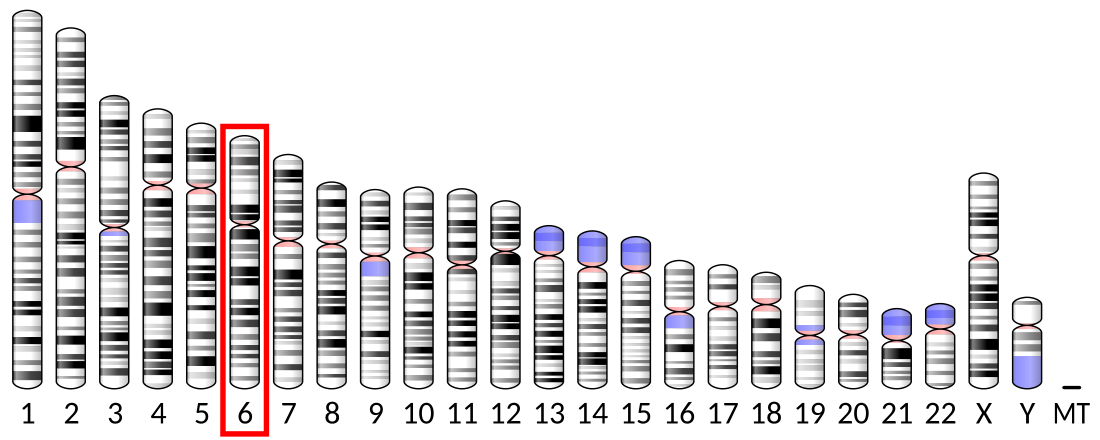KCNK16
Protein-coding gene in the species Homo sapiens From Wikipedia, the free encyclopedia
Potassium channel subfamily K member 16 is a protein that in humans is encoded by the KCNK16 gene.[5][6] The protein encoded by this gene, K2P16.1, is a potassium channel containing two pore-forming P domains.[5][6]
| KCNK16 | |||||||||||||||||||||||||||||||||||||||||||||||||||
|---|---|---|---|---|---|---|---|---|---|---|---|---|---|---|---|---|---|---|---|---|---|---|---|---|---|---|---|---|---|---|---|---|---|---|---|---|---|---|---|---|---|---|---|---|---|---|---|---|---|---|---|
| Identifiers | |||||||||||||||||||||||||||||||||||||||||||||||||||
| Aliases | KCNK16, K2p16.1, TALK-1, TALK1, potassium two pore domain channel subfamily K member 16 | ||||||||||||||||||||||||||||||||||||||||||||||||||
| External IDs | OMIM: 607369; MGI: 1921821; HomoloGene: 75328; GeneCards: KCNK16; OMA:KCNK16 - orthologs | ||||||||||||||||||||||||||||||||||||||||||||||||||
| |||||||||||||||||||||||||||||||||||||||||||||||||||
| |||||||||||||||||||||||||||||||||||||||||||||||||||
| |||||||||||||||||||||||||||||||||||||||||||||||||||
| |||||||||||||||||||||||||||||||||||||||||||||||||||
| |||||||||||||||||||||||||||||||||||||||||||||||||||
| Wikidata | |||||||||||||||||||||||||||||||||||||||||||||||||||
| |||||||||||||||||||||||||||||||||||||||||||||||||||
See also
References
Further reading
External links
Wikiwand - on
Seamless Wikipedia browsing. On steroids.




